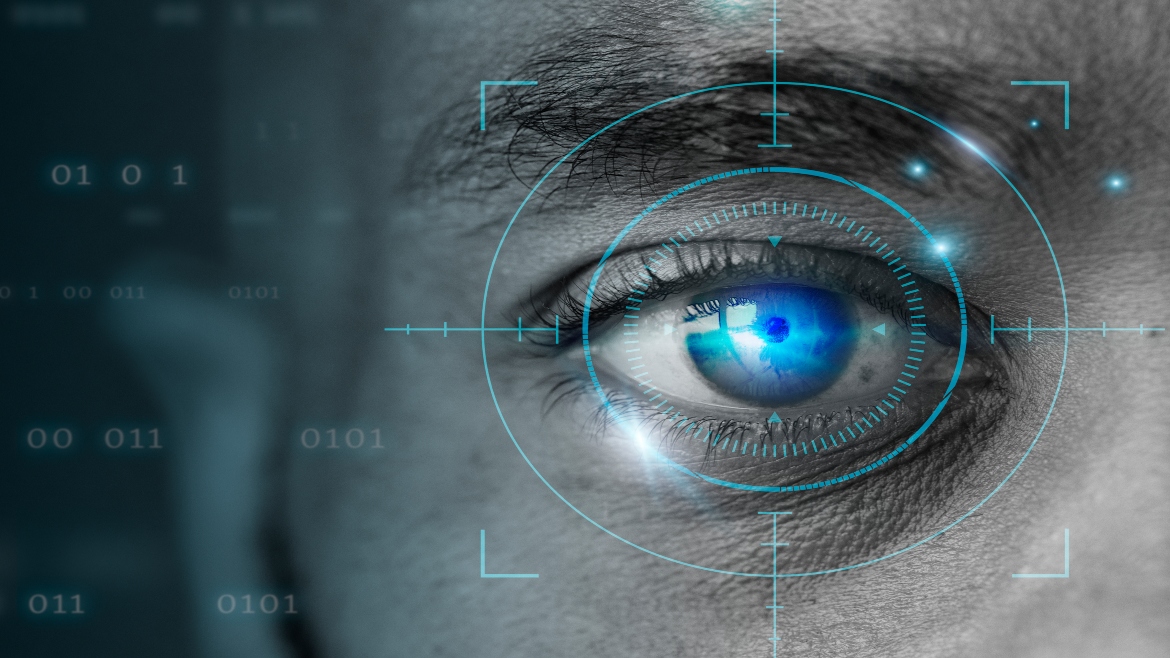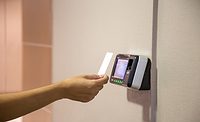The pros and cons of biometric access control in university applications

The dynamics of the university space are ever-changing, especially in the fast-paced world of the “roaring ’20s.” More people than ever before are attending college and university — with a growing 16.6 million undergraduate students nationwide (EducationData.Org) enrolled full-time, the need for secured spaces has never been higher. The use of biometric access control is gaining popularity in the university space as the availability of platforms expands. These platforms offer benefits such as accurate, real-time audit trail reporting, higher security, and improved convenience all around.
Colleges and universities have been utilizing this access control option for roughly a decade now. By harnessing the scalability of biometric technology, the university space is finding pros and cons to deploying these platforms. Some of the considerations are the diversity and population size of their user base, the ability to utilize this technology in multiple access points, and the reliability of equipment that can withstand the heavy usage in these highly trafficked areas.
Biometric access control plays an integral role in the future of university security for multiple reasons, as it’s capable of storing centralized information for each employee, student, and visitor while being the most secure avenue for credentialing and storage of this information. This access provides the opportunity to maintain a higher level of security in student areas while still allowing quick, easy and convenient access at all times.
The ability to utilize a fingerprint as a form of access control, for example, removes the chances of lost and stolen cards or credentials while also making theft and illegal access to buildings and areas much more difficult. According to Safe At Last, property crime affects an average of 22 out of every 1,000 students.
As educational institutions are not open to public access, essentially, the biometric application must be able to meet the robust set of criteria a university needs, as well as be able to retain full libraries of information that can be utilized across multiple platforms.
The biometric credential as a form of access control can be utilized with on-campus housing applications with the advent of smart locks and smart access control. The same credential can be used for secured building entry on the campus, and it allows the specific information to be saved and recorded immediately. These credentials securely retain all the information about the user, and they can be safely and quickly accessed within seconds.
Finances, outdated security protocols, and privacy concerns are some of the main factors which hinder the full expansion of biometric access control into most universities and colleges. Colleges and universities have relatively small budgets for access control and security. Thankfully, this trend is changing as our world evolves, but the reality in the 2020s is that the funding which schools of higher learning receive is earmarked toward other expenses. This leaves security and access control as an afterthought within the annual budget.
Many universities have multiple security and access control platforms in place, and while these systems rarely connect or offer inter-compatibility, the idea of replacing these systems seems daunting and unrealistic. Even with the ability to consolidate many of these platforms and protocols into one centralized system, there would be the need for database migration, reader replacement, etc. This causes most college and university programs to simply wait until the next phase of renovations before attempting anything new.
Privacy is another concern for students and staff when it comes to biometric access control. The fear of personal information being stored in a central location and connected to something as personal as one’s fingerprint sparks worry in many people. This concern has led to pushback and even down-right refusal of students and faculty to utilize biometrics in some university implementations.
While colleges and universities are not yet seeing widespread adoption of biometric access control, many have started utilizing this technology in individual settings such as research laboratories, athletic facilities, housing, and dining areas.
The use of biometric access control continues to gain traction around the country as the benefits of higher security and improved convenience are more widely understood and welcomed. Biometrics is the only technology available that is compatible with the current card format factor and can validate a person’s identity.
This article originally ran in Security, a twice-monthly security-focused eNewsletter for security end users, brought to you by Security Magazine. Subscribe here.
Looking for a reprint of this article?
From high-res PDFs to custom plaques, order your copy today!





